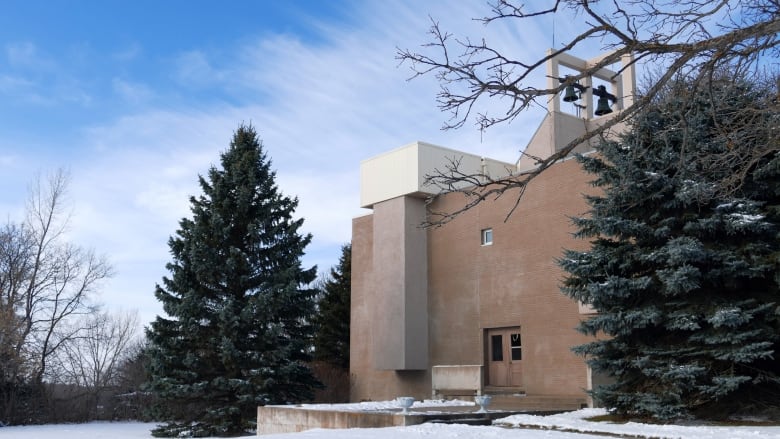WASHINGTON (AP) — Scientists can’t know precisely when a volcano is about to erupt, but they can sometimes pick up telltale signs.
That happened two years ago with the world’s largest active volcano. About two months before Mauna Loa spewed rivers of glowing orange molten lava, geologists detected small earthquakes nearby and other signs, and they warned residents on Hawaii’s Big Island.
Now a study of the volcano’s lava confirms their timeline for when the molten rock below was on the move.
“Volcanoes are tricky because we don’t get to watch directly what’s happening inside – we have to look for other signs,” said Erik Klemetti Gonzalez, a volcano expert at Denison University, who was not involved in the study.
Upswelling ground and increased earthquake activity near the volcano resulted from magma rising from lower levels of Earth’s crust to fill chambers beneath the volcano, said Kendra Lynn, a research geologist at the Hawaiian Volcano Observatory and co-author of a new study in Nature Communications.
When pressure was high enough, the magma broke through brittle surface rock and became lava – and the eruption began in late November 2022. Later, researchers collected samples of volcanic rock for analysis.
The chemical makeup of certain crystals within the lava indicated that around 70 days before the eruption, large quantities of molten rock had moved from around 1.9 miles (3 kilometers) to 3 miles (5 kilometers) under the summit to a mile (2 kilometers) or less beneath, the study found. This matched the timeline the geologists had observed with other signs.
The last time Mauna Loa erupted was in 1984. Most of the U.S. volcanoes that scientists consider to be active are found in Hawaii, Alaska and the West Coast.
Worldwide, around 585 volcanoes are considered active.
Scientists can’t predict eruptions, but they can make a “forecast,” said Ben Andrews, who heads the global volcano program at the Smithsonian Institution and who was not involved in the study.
Andrews compared volcano forecasts to weather forecasts – informed “probabilities” that an event will occur. And better data about the past behavior of specific volcanos can help researchers finetune forecasts of future activity, experts say.
(asterisk)We can look for similar patterns in the future and expect that there’s a higher probability of conditions for an eruption happening,” said Klemetti Gonzalez.
___
The Associated Press Health and Science Department receives support from the Howard Hughes Medical Institute’s Science and Educational Media Group. The AP is solely responsible for all content.





































